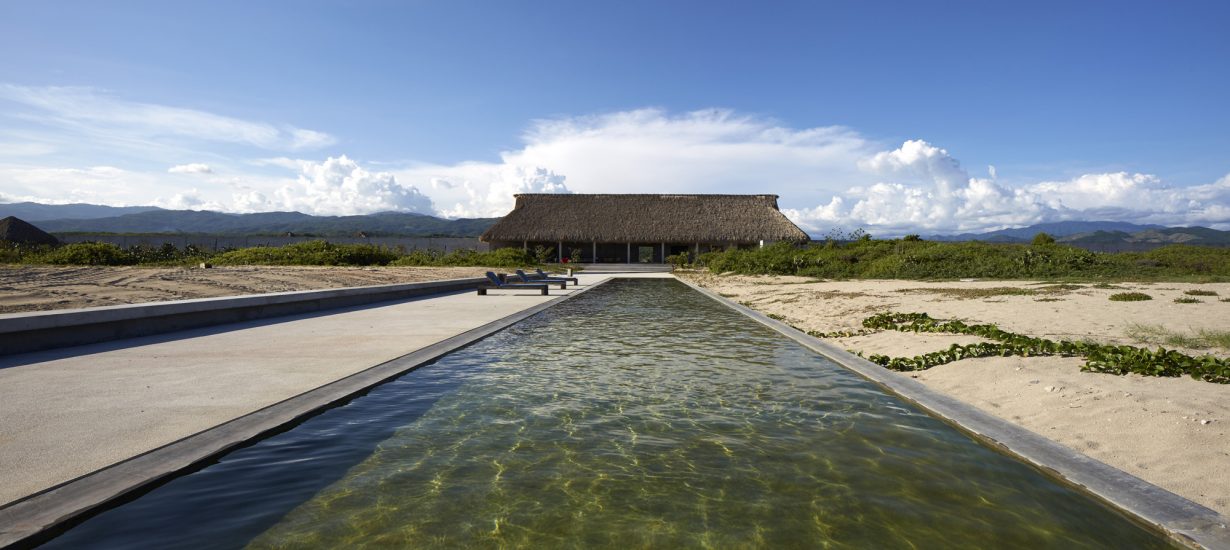
The three winners of the fourth open call for a residency at Fundación Casa Wabi, staged in conjunction with ArtReview, have been announced. Eduardo Loaeza-Vásquez, Felix Blume and Rachel Garrard will each spend six weeks at the Tadao Ando-designed complex in Puerto Escondido, Oaxaca, Mexico.
Located on the Pacific coast, between the mountains and the sea, Casa Wabi is an initiative developed by Mexican artist Bosco Sodi. Facilities include a multipurpose room, six independent dormitories, two closed studios and another six open studios, a 450 m2 exhibition space and various work areas.
In recent years, the foundation opened a clay pavilion designed by Pritzker Prize-winning Portuguese Architect Alvaro Siza, a Guayacán nursery by the Mexican studio Ambrosi Etchegaray, a chicken coup by the Japanese architect Kengo Kuma, a compost pavilion by the Uruguayan studio Solano Benítez, and recently, the high-temperature kiln and the gardens by Mexican architect Alberto Kalach.
Judged by a jury featuring the Casa Wabi curatorial board as well as ArtReview editor-in-chief Mark Rappolt, each of the artists were asked to submit a proposed project which would entail a degree of collaboration with the centre’s local communities.

Blume lives between Mexico, Brazil and France, where he was born. He uses sound as a basic material in videos, actions and installations. His work, he says, ‘is focused on listening, it invites us to a different perception of our surroundings.’ His process is often collaborative, working with communities, using public space as the context within which he explores and presents his works. He says he is interested in ‘myths and their contemporary interpretation, in human dialogues both with inhabited natural and urban contexts, in what voices can tell beyond words.’
Garrard’s work combines scientific research with esoteric practices in order, she says ‘to develop a symbolic language that intimately connects the inner personal worlds with the cosmic and universal.’ This materialises across an array of media, including performance, painting, drawing, sculpture, video and holographic projection. ‘Using natural elements to visualize the unseen structures behind quantum and spiritual phenomena, I aim to ground my vision of hyperspace within the natural world,’ she says. ‘My recent practice has developed into site-specific, ephemeral installations using nature as my medium.’ Gerrard was born in the UK but is now based in the U.S. and Mexico.
Loaeza-Vásquez is a plant specialist and activist of the Chatino indigenous group, originally from the rural community of Santiago Cuixtla. Their work, they say, aims to ‘contribute to the renaissance of ethnic crops focused on their nutritious and medicinal value’ in Oaxaca. This they believe will ‘promote, with a gender lens, a sensitive nutrition education among indigenous – poor – and vulnerable populations.’ Their work incorporates agriculture, issues of food security and nutrition, socio-cultural epidemiology, questions of decolonisation, ethics of care and the sociology of the body. ‘I identify myself as a non-binary agronomist,’ they say. ‘I do this work as a way of healing my own trauma of having grew up in extreme poverty.’